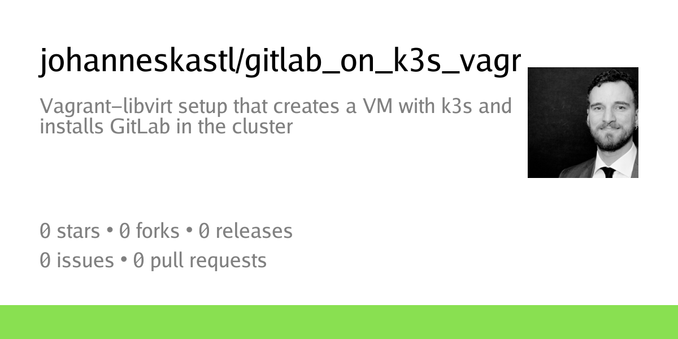<rant>
OK, so however thought up the structure of the #Gitlab helm chart was ... creative, to put it politely.
The chart itself has dependencies, as is common with helm charts.
But it also has a charts directory, which contains 5 other charts. Including one called gitlab.
Which again has a charts directory as well as dependencies.
So, depending on which chart you want to configure, it might be chart-name.something or gitlab.chart-name.something. Oh, they also use global.something or global.chart-name.something.
And as this is not creative enough, some charts are installed if chart-name.install is true. For some it is chart-name.enabled...
But help is near, there is an operator, that does the heavy lifting for you. Oh wait, it uses the values from the helm chart of its CRD...
</rant>
